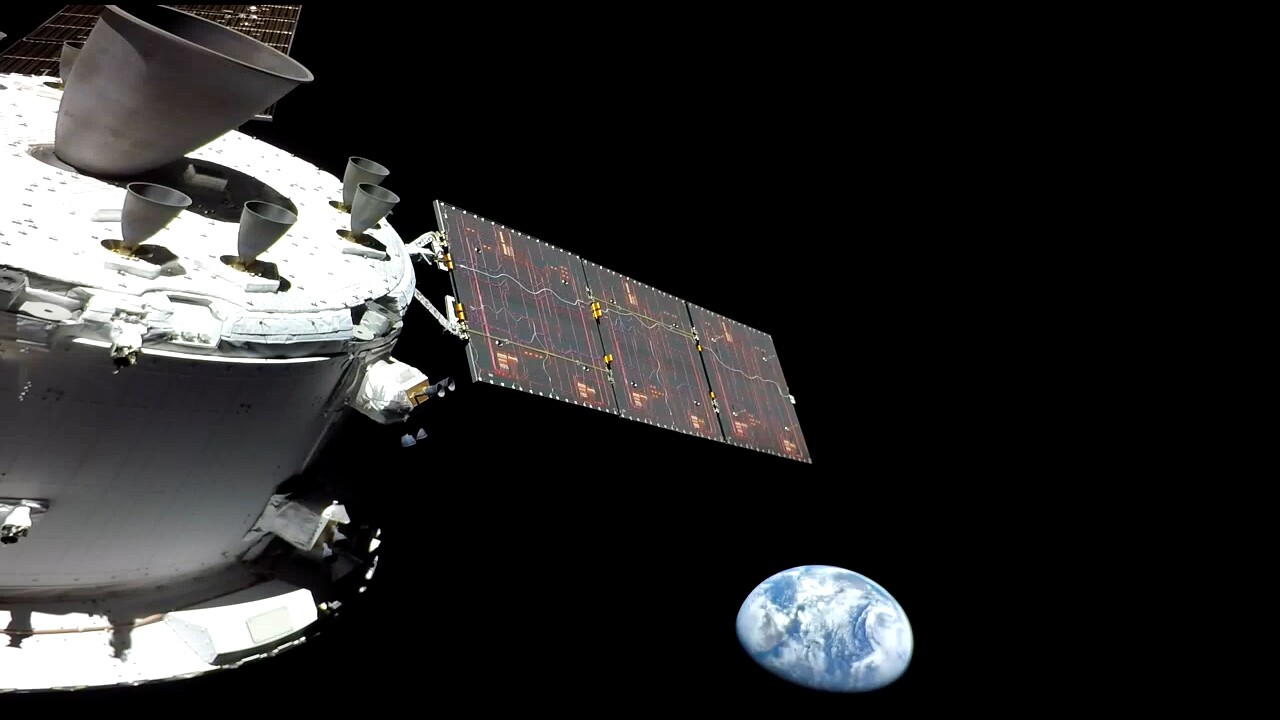The National Aeronautics and Space Administration's (NASA) Artemis 1 mission is off to a good start, according to officials, after some technical delays.
Now, the mission's Orion spacecraft is able to send some remarkable images back to Earth as it heads towards our moon.

One of those images is a look back at our planet Earth, offering up a déjà vu of sorts that conjures up memories of the Apollo missions between 1968 and 1972.
From those missions, we got the iconic Blue Marble image, which was the first photograph of the whole round Earth ever taken. That image was taken on April 22, 1970.
The nine Apollo missions consisted of crewed trips in spacecraft with three astronauts in each, traveling to the moon. Six of those missions brought astronauts all the way to the moon to successfully land, and three of the astronauts went twice. Just the last three missions saw a full view of Earth.

The Atlantic pointed out that before an image of the full Earth can be taken from afar, the camera needs to pass a point between the Earth and the sun that is considered to be a small window, while the craft is traveling at 20,000 miles per hour.
Most flying missions to the moon weren't able to glimpse a full image of the Earth because our planet was in a partial shadow or complementary shadows during the flight.
The European Space Agency (ESA) provided Orion's service module, which is what provide's the components that propel the craft. Once word came down that the craft deployed its X-shaped solar array, Orion soon after beamed the first images from its cameras back to Earth.

The cameras are attached to the craft's four 23-foot-long solar wings, Space.com reported.
The somewhat low-resolution images from Orion show portions of the spacecraft as flies through space.


